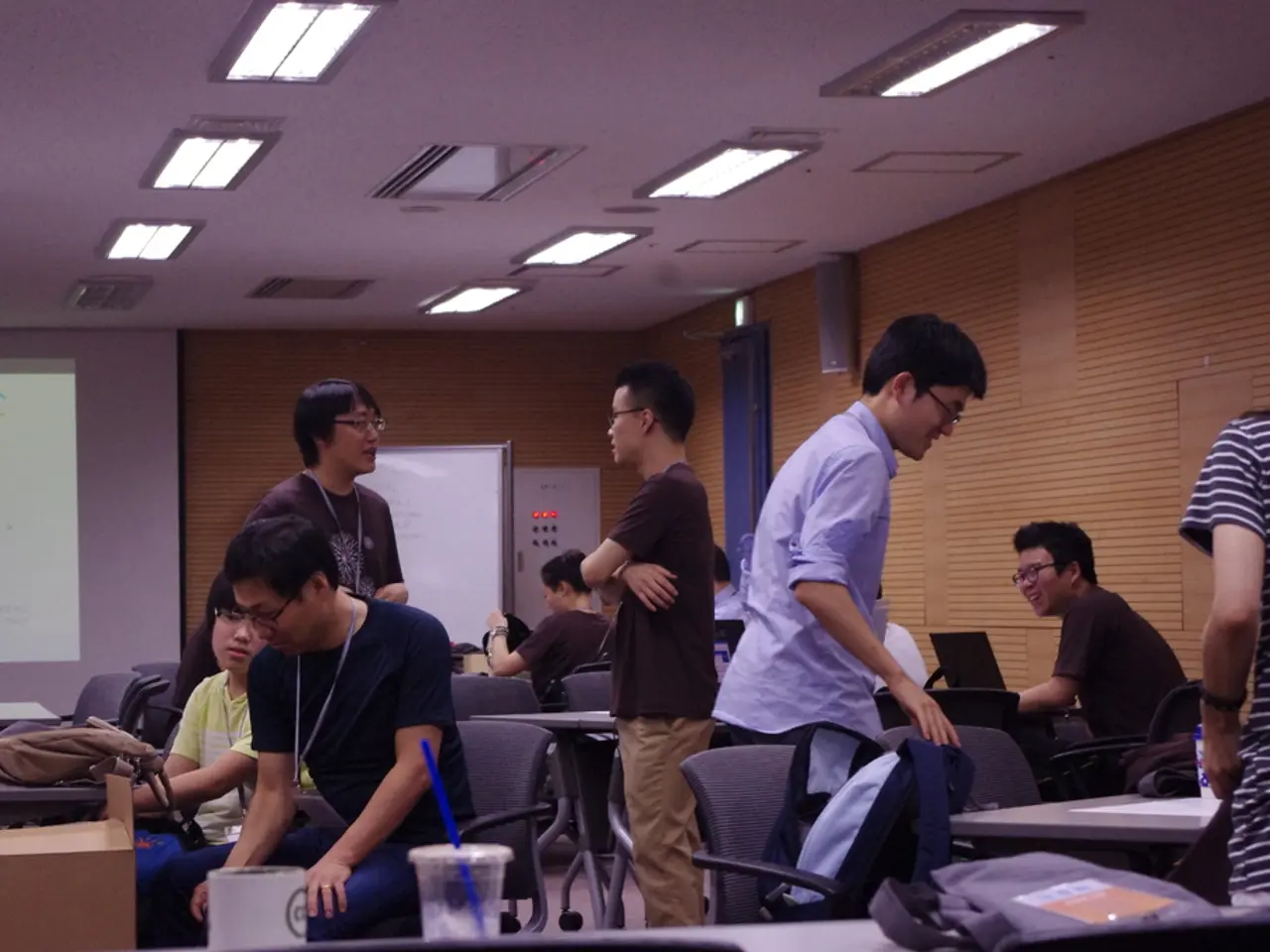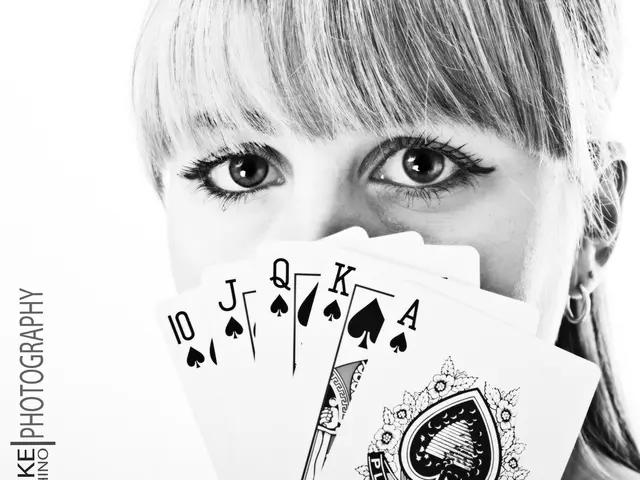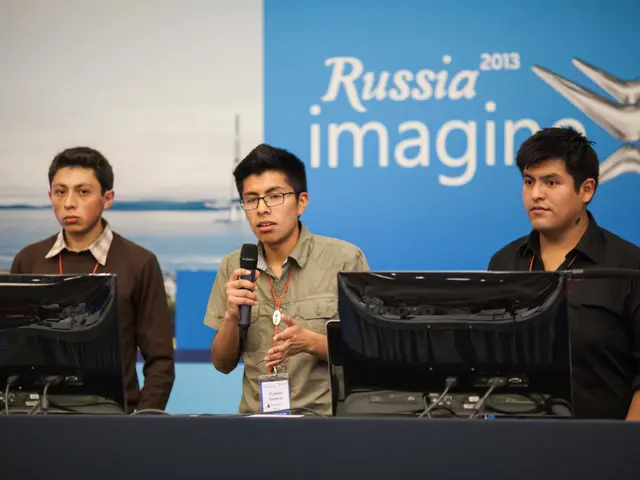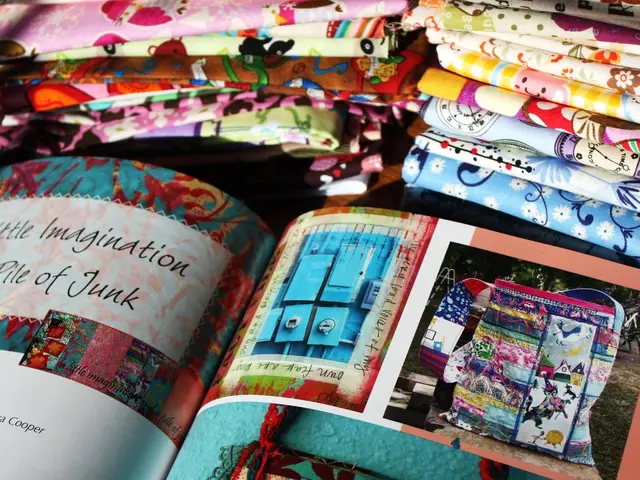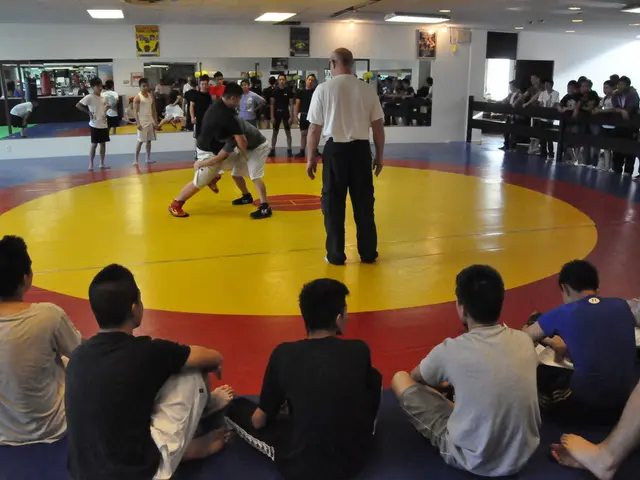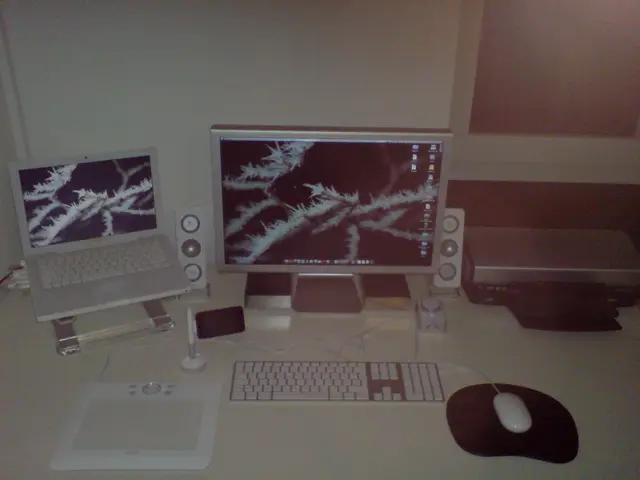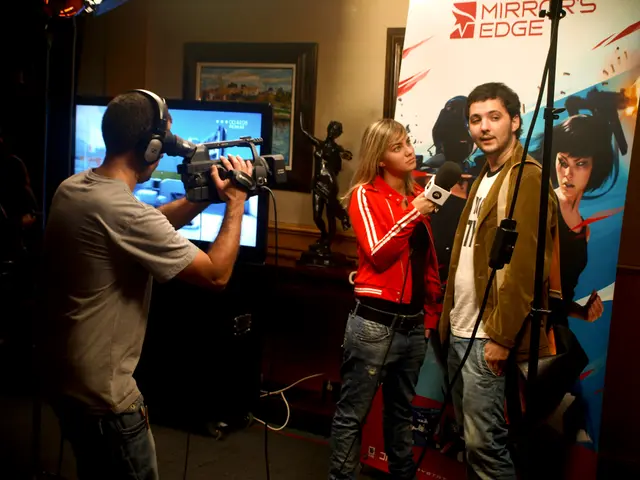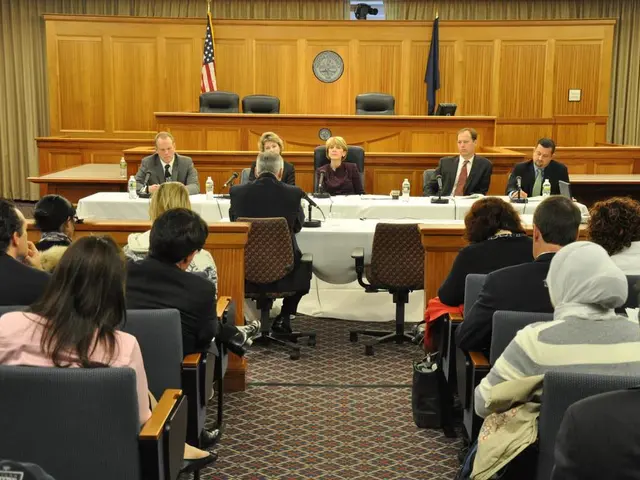Group Study for Children: Discovering Collectively at the Museum of Children
In the heart of a bustling city, Museo dei Bambini stands as a beacon for innovative and collaborative learning. This unique museum, designed specifically for children, is revolutionising the way young minds grow and develop, embracing the principles of social constructivism and collaborative learning.
According to a 2015 meta-analysis, small-group learning significantly improves students' transfer performance, indicating that collaborative learning leads to higher achievement and deeper understanding compared to solitary learning [1]. This concept is at the heart of Museo dei Bambini, where children are encouraged to learn together, share ideas, and build on each other's knowledge.
One of the museum's most popular exhibits, the Mega Magnet Tiles, encourages collaborative construction through oversized translucent tiles. Children work together to create intricate structures, pushing their thinking further than they could on their own [2]. This collaborative process fosters an environment where children can explore ideas together, enhancing their understanding and skills.
Another interactive exhibit, Line Logic, invites invention, testing, and revision, providing a quiet masterclass in systems thinking and social reciprocity. This colorful, cooperative twist on Sudoku encourages logical thinking, turn-taking, and respectful disagreement through conversations around strategy and rules [3].
Social constructivism, a theory rooted in the work of Lev Vygotsky, posits that cognitive development is shaped through social interaction [4]. By engaging in social interactions and collaborative activities, children develop emotional intelligence, learn to express and manage emotions, empathize with others, and develop social skills.
Research has consistently demonstrated that social learning enhances both cognitive and emotional outcomes. A 2021 study published in Frontiers in Psychology found that structured, play-based social interaction significantly improves executive functioning in preschoolers [5]. Peer interactions in classroom settings positively influence children's social development, language acquisition, and conflict resolution skills.
At Museo dei Bambini, children internalize new knowledge best when they engage with others, especially peers and more knowledgeable others. For instance, Dinosaur Bones, a tactile dig site, encourages cooperation among children as they negotiate where pieces fit, how to share tools, and what kind of creature they're building [3]. Older children naturally guide younger ones, demonstrating skills, empathy, patience, and leadership.
The museum fosters collaborative learning by creating opportunities for shared challenge, joint decision-making, and peer mentorship. Projects become more ambitious when multiple children join in, transforming from solo walls into complex structures like skyscrapers and spaceships [2].
Spontaneous moments of generosity are observed among children in the museum, such as sharing materials or stepping aside to let others try. Parents often express surprise at how easily their children connect with others in the museum, creating a supportive and nurturing environment for holistic development.
While there are concerns about excessive technology use, ICT can positively impact language development and social-emotional skills when used appropriately. Wall Run, an interactive kinetic wall, encourages children to compare results, ask each other questions, and try again, making it a team sport in physics and engineering [4].
In conclusion, Museo dei Bambini is a testament to the power of collaborative learning and social constructivism in fostering comprehensive development in children. By embracing these principles, the museum is providing a unique and innovative learning environment that enhances cognitive abilities while nurturing emotional intelligence and social skills.
References: [1] Koedinger, K. R., Anderson, J. R., & Corbett, A. S. (2015). A meta-analysis of the effects of learning with peers and alone. Journal of Educational Psychology, 107(1), 63-83. [2] Dillenbourg, P. (1999). The psychology of computer-supported collaborative learning. Educational Technology & Society, 2(3), 3-12. [3] Dede, C. (2005). Educational technology and the future of schooling. Educational Researcher, 34(3), 1-14. [4] Rogoff, B. (2003). The cultural nature of human development: An evolutionary perspective. Oxford University Press. [5] Zimmerman, B. J., & Schunk, D. H. (2011). Self-regulated learning and performance: An analysis of self-regulation research, theory, and practice. Routledge.
- At the Museum dei Bambini, the exhibit Line Logic demonstrates principles of systems thinking and social reciprocity, encouraging logical thinking, turn-taking, and respectful disagreement through conversations about strategy.
- By providing opportunities for shared challenge, joint decision-making, and peer mentorship, the museum fosters collaborative learning, transforming projects from solo ventures into complex structures like skyscrapers and spaceships.
- Research indicates that engaging in social interactions and collaborative activities, such as those encouraged at the Museum dei Bambini, can lead to enhanced emotional intelligence, better language acquisition, and improved conflict resolution skills in children.
